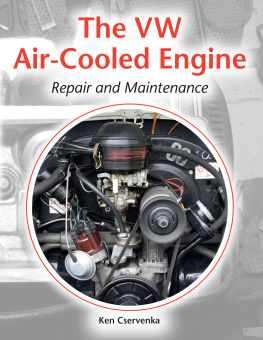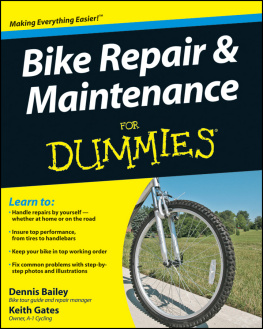Stephanie L. Horton - Narrow Boat Engine Maintenance and Repair.
Here you can read online Stephanie L. Horton - Narrow Boat Engine Maintenance and Repair. full text of the book (entire story) in english for free. Download pdf and epub, get meaning, cover and reviews about this ebook. year: 2017, genre: Home and family. Description of the work, (preface) as well as reviews are available. Best literature library LitArk.com created for fans of good reading and offers a wide selection of genres:
Romance novel
Science fiction
Adventure
Detective
Science
History
Home and family
Prose
Art
Politics
Computer
Non-fiction
Religion
Business
Children
Humor
Choose a favorite category and find really read worthwhile books. Enjoy immersion in the world of imagination, feel the emotions of the characters or learn something new for yourself, make an fascinating discovery.
- Book:Narrow Boat Engine Maintenance and Repair.
- Author:
- Genre:
- Year:2017
- Rating:5 / 5
- Favourites:Add to favourites
- Your mark:
- 100
- 1
- 2
- 3
- 4
- 5
Narrow Boat Engine Maintenance and Repair.: summary, description and annotation
We offer to read an annotation, description, summary or preface (depends on what the author of the book "Narrow Boat Engine Maintenance and Repair." wrote himself). If you haven't found the necessary information about the book — write in the comments, we will try to find it.
Narrow Boat Engine Maintenance and Repair. — read online for free the complete book (whole text) full work
Below is the text of the book, divided by pages. System saving the place of the last page read, allows you to conveniently read the book "Narrow Boat Engine Maintenance and Repair." online for free, without having to search again every time where you left off. Put a bookmark, and you can go to the page where you finished reading at any time.
Font size:
Interval:
Bookmark:
NARROW BOAT
ENGINE
MAINTENANCE AND REPAIR
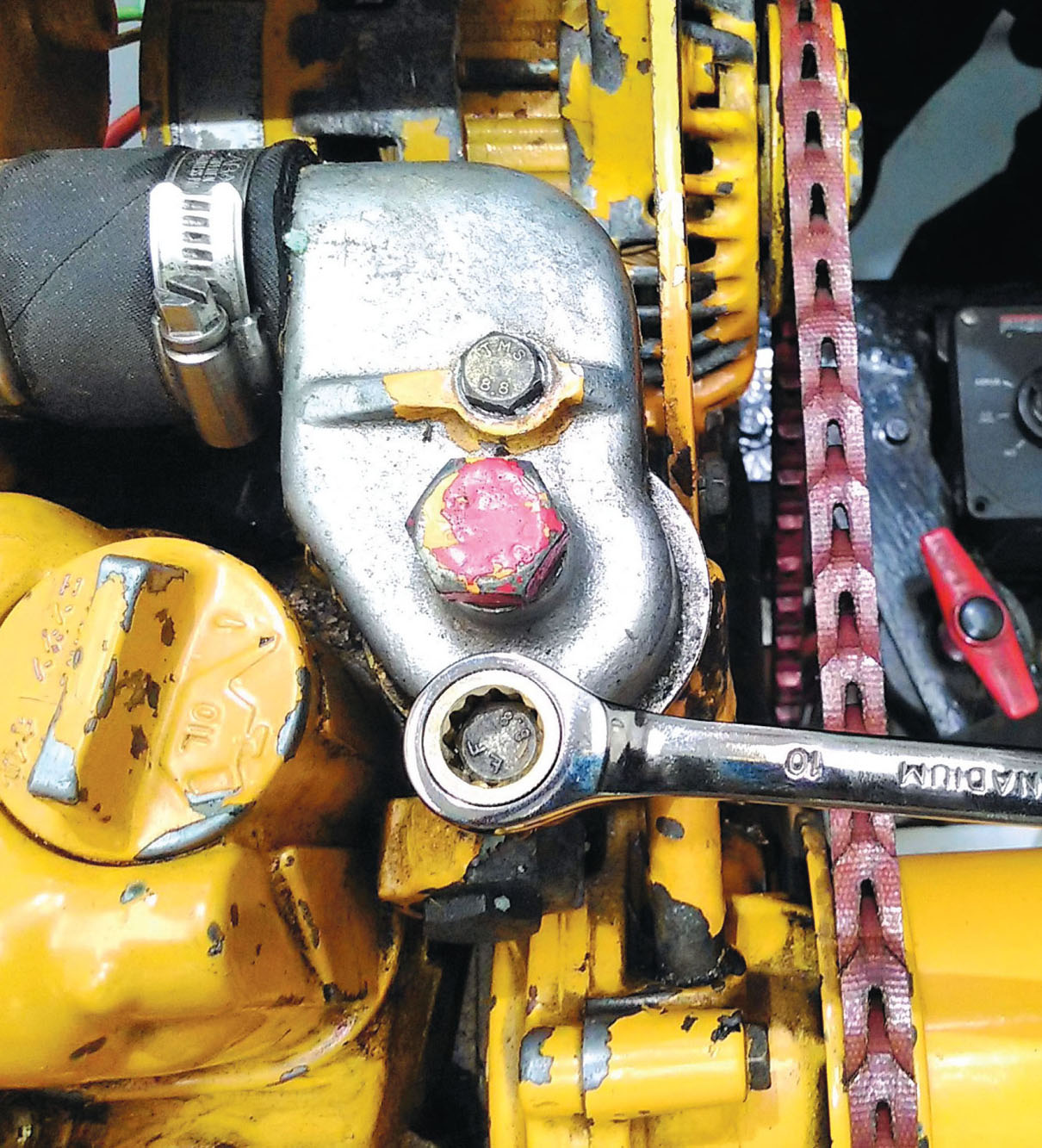
NARROW BOAT
ENGINE
MAINTENANCE AND REPAIR
Stephanie L. Horton BEng, CEng, MIET

THE CROWOOD PRESS
First published in 2017 by
The Crowood Press Ltd
Ramsbury, Marlborough
Wiltshire SN8 2HR
www.crowood.com
This e-book first published in 2017
Stephanie L. Horton 2017
All rights reserved. This e-book is copyright material and must not be copied, reproduced, transferred, distributed, leased, licensed or publicly performed or used in any way except as specifically permitted in writing by the publishers, as allowed under the terms and conditions under which it was purchased or as strictly permitted by applicable copyright law. Any unauthorised distribution or use of thistext may be a direct infringement of the authors and publishers rights, and those responsible may be liable in law accordingly.
British Library Cataloguing-in-Publication Data
A catalogue record for this book is available from the British Library.
ISBN 978 1 78500 350 9
CONTENTS
PREFACE AND ACKNOWLEDGEMENTS
This book is based on the engine maintenance courses that River Canal Rescue has been running for many years, which were designed to teach the background theory and give the opportunity to gain practical experience. These were initially developed and presented by Tony Brooks, whose course manual has been the foundation of this book.
Over the years the course has developed further and more practical elements have been included to respond to boaters suggestions and needs. I have tried to reflect these elements within the book, keeping to practical and useful knowledge, rather than going in to technical detail or explaining how to undertake work that only one person in a hundred may find useful, which in my opinion is best left to the companies and individuals that offer these services.
The book would not be as comprehensive as it is, or contain so many tips, without the input of the many engineers who operate daily on the inland waterways. Their guidance and help have proved invaluable when trying to work out the simplest way to explain some of the more difficult jobs.
Huge thanks to Tony Brooks for letting me use his original works and diagrams, and to Steve Beck and Jay Forman for proof-reading the book and not being afraid of telling me when I had got something wrong. A special mention to Keith Meadowcroft for his contribution to the electrical section, and to Jay Forman for coming up with practical ways of faultfinding on electrical systems.
To all of the engineers whose hands appear in the photos, thank you for being patient, especially when we had to redo some of the servicing photos I know that its not your favourite job, but at least it was not out in the rain! Thank you also to everyone who had input or was used as a bouncing board when I needed clarification, your help and guidance is appreciated.
Finally a special mention to my husband Trevor Forman, whose engineering knowledge and skills were key to setting up River Canal Rescue: as he always reminds me, none of this would have been possible without him.
I hope that you find the book useful and practical and get some real benefit from the purchase.
INTRODUCTION
This book has been written to provide a practical guide to maintaining your diesel engine and its associated systems, along with the background theory to develop knowledge and understanding. There are tips and easy to follow guides to take you through each maintenance section. This book should enable a complete novice to gain understanding and build confidence in diesel engine and boat maintenance.
The book concentrates on the maintenance of the diesel engine, but also covers gearbox and drive systems, electrical systems and cooling systems, as it is important for every boat owner to develop a rounded knowledge of all systems and to feel confident in undertaking routine maintenance.
However, before we start it is important that you take the time to identify the type of engine, drive components and electrical system that are installed in your vessel. There is an Engine Details sheet included in the Appendix for you to note down the engine and component specifics for easy reference. Once you have these details, the information in this book will be easier to adopt and apply to your specific application.
This introductory chapter provides an overview of the systems we will be covering in the book and how they work as a whole. It will provide some of the background information that will assist in understanding the type of engine you have and make you aware of the key benefits and issues that each may have.
There are many different types of engines installed in boats and, depending on the application, age of the vessel and usage, these engines can be specifically for marine applications, or vehicle and industrial engines that have been marinized for use in boats. However, all marine diesel engine use a number of similar components and therefore this book will provide you with a broad knowledge of these components and how they are integrated, ensuring that no matter what engine, gearbox or age of vessel, you should be able to apply the knowledge gained through this book to maintain the systems. The following section will assist you in identifying and classifying the type of engine and specific components installed in your vessel.
NOTE: The sections detailing the theory behind how it works are provided for those wishing to explore the subject in a little more depth. Just knowing that an engine is a device for turning fuel into rotary motion is sufficient for those wishing to skip forward to the maintenance sections.
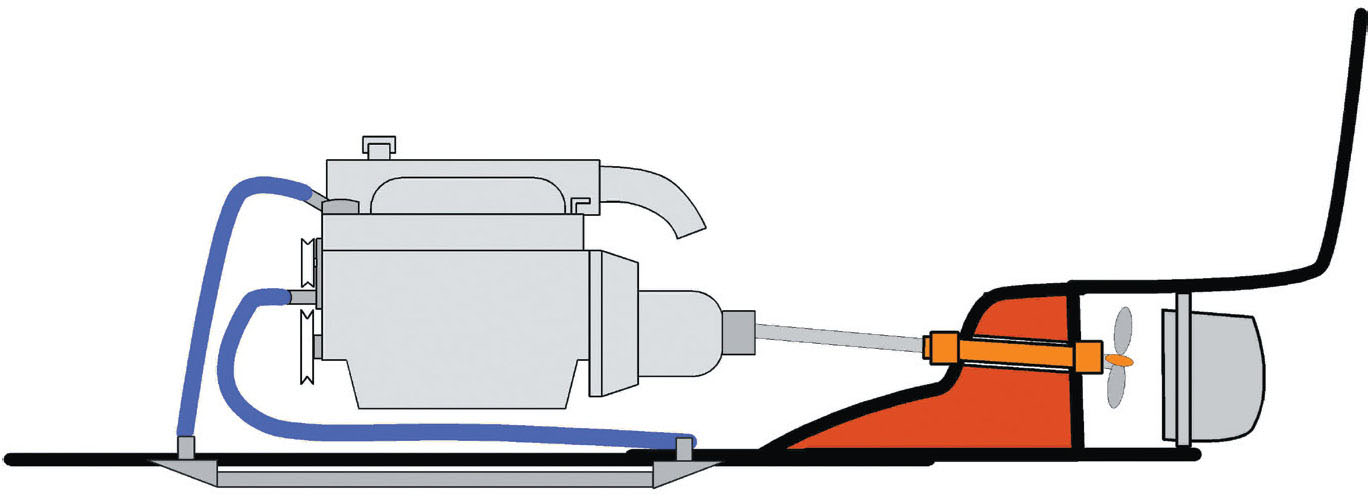
Typical arrangement of the engine, gearbox and propulsion systems.
THE DIESEL ENGINE OPERATION
The diesel engine is similar to the petrol engine, in that it operates on a four-stroke cycle. However, it is also very different, in that it has no ignition system, so there is no need for a spark plug to ignite the fuel. Instead, the air is compressed in the cylinder to increase the pressure rapidly; this in turn creates the high temperatures required so that as fuel is added, it causes the fuel to ignite. Other than a starter motor, the diesel engine does not require any further electrical interaction to operate. It is worth noting that diesel ignites at much higher temperatures than petrol, well over 300C, which makes it much safer to use and store than petrol and is one of the main contributing factors for the move towards diesel engines on boats.
The four-stroke cycle describes the internal sequence of events that the engine goes through in order to produce power. It is commonly referred to as the suck, squeeze, bang and blow cycle.
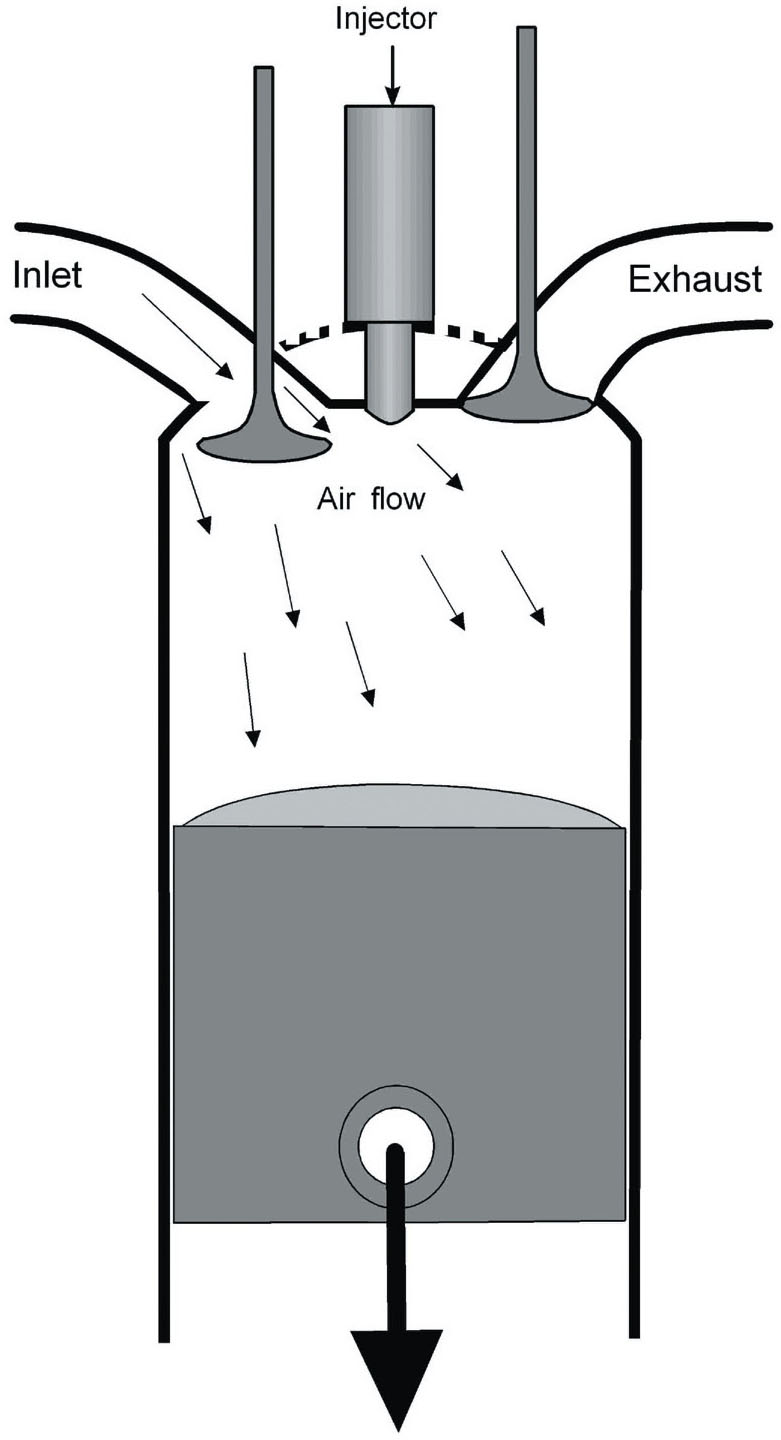
Piston cycle induction (suck). The air is drawn in to the cylinder as the piston moves down; the inlet valve is open to allow air to enter. This is called the induction stroke.
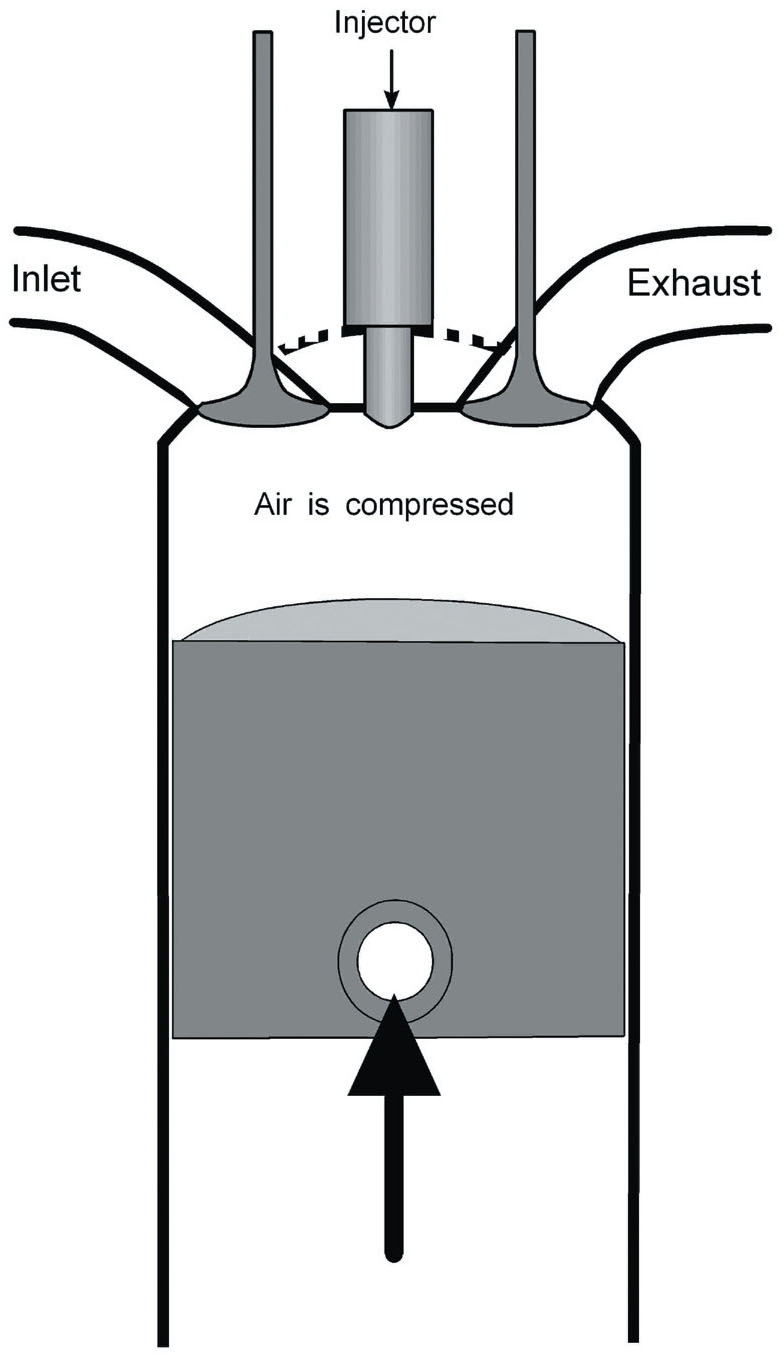
Piston cycle compression (squeeze). The inlet valve closes and as the piston moves up the air is compressed (the air temperature increases as the air is compressed). This is called the compression stroke.
Next pageFont size:
Interval:
Bookmark:
Similar books «Narrow Boat Engine Maintenance and Repair.»
Look at similar books to Narrow Boat Engine Maintenance and Repair.. We have selected literature similar in name and meaning in the hope of providing readers with more options to find new, interesting, not yet read works.
Discussion, reviews of the book Narrow Boat Engine Maintenance and Repair. and just readers' own opinions. Leave your comments, write what you think about the work, its meaning or the main characters. Specify what exactly you liked and what you didn't like, and why you think so.



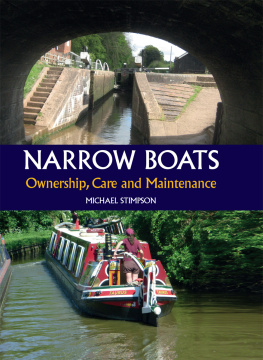
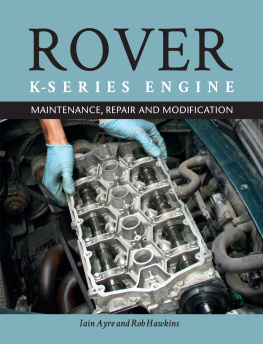
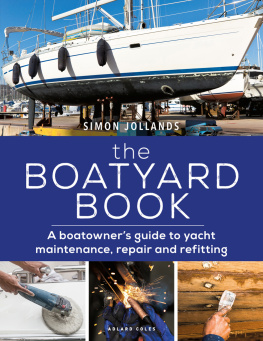
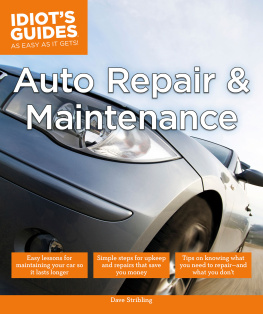
![Shanks - Essential bicycle maintenance & repair: [step-by-step instructions to maintain and repair your road bike]](/uploads/posts/book/235248/thumbs/shanks-essential-bicycle-maintenance-repair.jpg)
